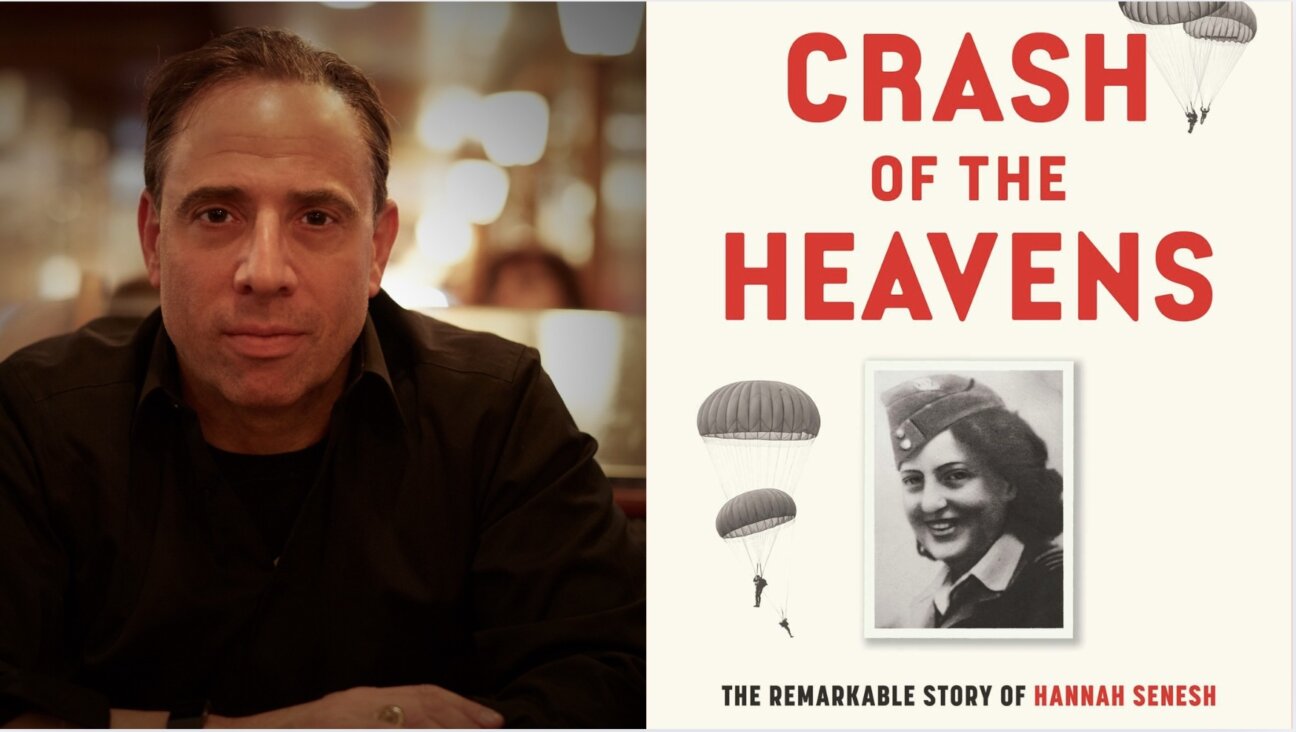Esther vs. Vashti, Austen vs. Brontës
As I prepared for the beginning of the perennial Purim question of “Esther vs. Vashti” at the same time as I delved into Jane Eyre-mania, I began to think about how women are always pushed into dichotomies. I wondered cynically how soon someone would write about the new Brontë films by declaring Jane Austen passé. I didn’t have to wait long. This article about the “Battle of the Bonnets” in the Washington Post is a witty and sharp look at women’s cultural obsessions and it contains some great literary observations. But the headline, and the “battle” premise, rankles.
It always seems to me that when it comes to women who take different paths there’s a meme out there that there’s only room for one. Virgin or whore, Esther or Vashti, Austen or Brontë. Yes, the two most famous Brontë sisters, Charlotte and Emily, and Jane Austen took divergent approaches to writing about the “woman question.” Austen was sort of an Esther, using her brilliant wit to dazzle readers but containing steely critique of the system under her perfect prose, while the Brontës, Vashti-like , seethe with rage at women’s unfortunate lot and churn with a desperate desire for escape.
These women were writing in different styles, and in completely different cultural eras. Why not just appreciate the fact that both of those approaches worked so well that readers can’t get enough of them even today?
After all the blogging we’ve done here at The Sisterhood this year about why women’s writing gets short shrift, it’s worth asking again where these kinds of comparisons fit in on a wider scale. The Washington Post’s Monica Hesse makes the point herself, wondering whether “there might be some latent, dismissive misogyny involved in the concept that there is only enough cultural love for one female literary figure at any given time.” I’d take her suggestion further. It’s an extension, and a continuation, of sexism to push female authors into a catfight, or to lump them together just because of their gender. This rarely happens with their male counterparts. Do we ever assume that because people enjoy the satirical writing of P.G. Wodehouse, they must hate the tragic novels of Henry James? Do we ever see pieces in the media declaring “Joyce or Beckett: readers choose!” Even with biblical figures where a comparison may be warranted, there’s less interest (note to self: don’t pitch articles asking “Are you a Moses or an Aaron?”) We have a social attitude that sees men who have different styles as complementary and women or people of color who have different styles as competing.
Austen and the Brontës should be able to share the spotlight comfortably as should all women who achieve fame and acclaim, no matter how they do it. Esther and Vashti have transcended their legend and become enduring figures for women to look up to and little girls to dress up as. That’s something to applaud. As Leah Berkenwald wrote last year, “MY feminist reinterpretation of Purim not only celebrates Vashti and Esther, but validates both of their choices.”

















